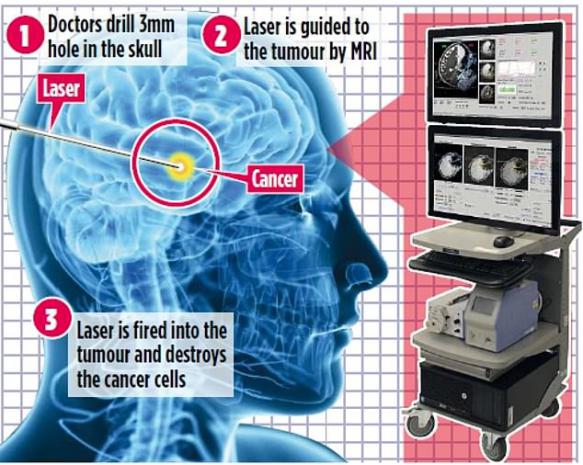
Breaking News
 New Drone Rules Will Pave the Way for Starbucks and Amazon Deliveries
New Drone Rules Will Pave the Way for Starbucks and Amazon Deliveries
 Grand Theft World Podcast 247 | LICENSE TO GENOCIDE with guest Scott Horton
Grand Theft World Podcast 247 | LICENSE TO GENOCIDE with guest Scott Horton
 The Collapse of Britain's National Health Service
The Collapse of Britain's National Health Service
 BREAKING: CONGRESS MOVES TO NULLIFY BIDEN'S PROTECTION OF FAUCI, MILLEY, SCHIFF...
BREAKING: CONGRESS MOVES TO NULLIFY BIDEN'S PROTECTION OF FAUCI, MILLEY, SCHIFF...
Top Tech News
 Chinese Scientists Produce 'Impossible' Steel to Line Nuclear Fusion Reactors in Major Break
Chinese Scientists Produce 'Impossible' Steel to Line Nuclear Fusion Reactors in Major Break
 1,000 miles: EV range world record demolished ... by a pickup truck
1,000 miles: EV range world record demolished ... by a pickup truck
 Fermented Stevia Extract Kills Pancreatic Cancer Cells In Lab Tests
Fermented Stevia Extract Kills Pancreatic Cancer Cells In Lab Tests
 3D printing set to slash nuclear plant build times & costs
3D printing set to slash nuclear plant build times & costs
 You can design the wheels for NASA's next moon vehicle with the 'Rock and Roll Challenge
You can design the wheels for NASA's next moon vehicle with the 'Rock and Roll Challenge
 'Robot skin' beats human reflexes, transforms grip with fabric-powered touch
'Robot skin' beats human reflexes, transforms grip with fabric-powered touch
 World's first nuclear fusion plant being built in US to power Microsoft data centers
World's first nuclear fusion plant being built in US to power Microsoft data centers
 The mitochondria are more than just the "powerhouse of the cell" – they initiate immune...
The mitochondria are more than just the "powerhouse of the cell" – they initiate immune...
 Historic Aviation Engine Advance to Unlock Hypersonic Mach 10 Planes
Historic Aviation Engine Advance to Unlock Hypersonic Mach 10 Planes
 OpenAI CEO Sam Altman Pitches Eyeball-Scanning World ID to Bankers
OpenAI CEO Sam Altman Pitches Eyeball-Scanning World ID to Bankers
Pioneering precision laser beam that zaps 'impossible to treat' brain tumours...

Father-of-one Pablo Casasbuenas, 36, had his aggressive and deep-seated tumour treated with the laser in October after being told he had only a year to live – and now says he is 'living life again'.
The procedure involves a fine narrow tube being inserted into the tumour before a laser is beamed down it, gradually heating up to about 70C, breaking down and killing the cancerous cells.
Real-time MRI images of the brain are sent to a computer screen, allowing surgeons to monitor where the laser is working.
Studies found that this pioneering laser procedure almost doubles survival time, from five to 11 months, for patients with inoperable brain tumours.
It also provides an alternative to aggressive chemotherapy or radiotherapy, which can further damage the sensitive brain tissues.
Hundreds of brain tumour patients are denied surgery every year because of the damage it can cause to surrounding healthy tissue. But the laser, called Visualase, is so precise that it can treat aggressive, hard-to-reach brain tumours with minimal damage. Often patients can go home the following day, compared to a ten-day hospital stay after conventional brain surgery.



